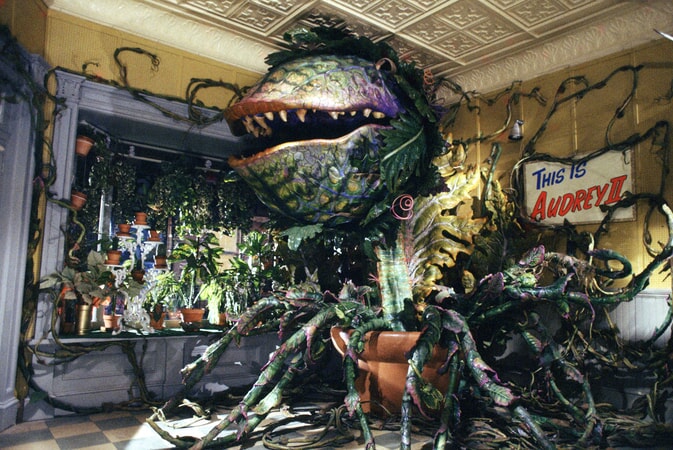
Audrey is fictional, but there are some real life plants even more dangerous.
Science backs up the reasons why we love horror movies and celebrate creepy things like Halloween. People enjoy the excitement and energy part of the “fight or flight” instinct. So we get ourselves all worked up to get that rush from screaming about harmless things that frighten us.
Everyone has their favorite monsters. Some of mine are plants! It’s no joke. Some seriously dangerous plants can inflict injuries from annoying to life-threatening. Several common indoor plants can hurt you with their poisonous ways.
So many people have become indoor plant and outdoor gardening enthusiasts thanks to the pandemic. While most plants are harmless, it only takes one wrong choice to make someone sick – especially a child or a pet.
In an emergency, it’s wise to keep the nationwide Poison Control Center hotline handy. Program it into your phone now: (800) 222-1222.
Good Earth Plant Company also suggests prevention by learning a little something about toxic plants. We recommend you get a good reference book to read up on this topic and to have handy. These books are entertaining as well as practical. We know Audrey would approve!
Here are a few of our favorites.
Wicked Plants, by Amy Stewart
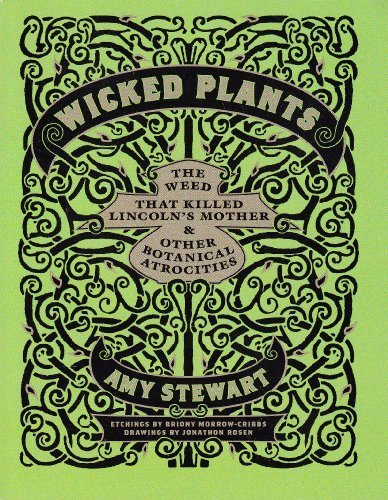
Amy Stewart’s book, “Wicked Plants,” is the inspiration for this week’s Halloween blog post.
Amy loves the world of plant villains, especially when they play a role in human history. She writes in the introduction to her book, “There is something beguiling about sharing their dark little secrets. And these secrets don’t just lurk in a remote jungle. They’re in our own backyards.”
Several terrifying plants are Southern California natives. Chances are good you have already encountered these dangerous plants and lived to tell about it: poison oak, stinging nettles, oleander (just don’t!), and hemlock.
Hemlock is an introduced non-native plant found in San Diego County. It’s all over Tecolote Canyon. It resembles Queen Anne’s Lace, and it looks a little like parsley. This is why it’s important not to rub your hands or bare skin on many plants, and consider wearing gloves when hiking. Then wash up when you get home.
Plants That Can Kill: 101 Toxic Species to Make You Think Twice, Stacy Tornio
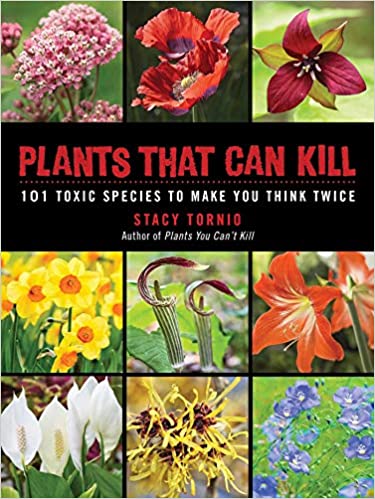
Some plants are nature’s assassins! It’s smart to learn which common plants are dangerous.
This is an excellent guide for beginning gardeners with small kids or pets. The Garden Writers Association endorses this book saying, “better safe than sorry!”
Stacy has also written a book called “Plants You Can’t Kill,” so there’s a bonus choice!
Mushrooming without Fear: The Beginner’s Guide to Collecting Safe and Delicious Mushrooms, by Alexander Schwab
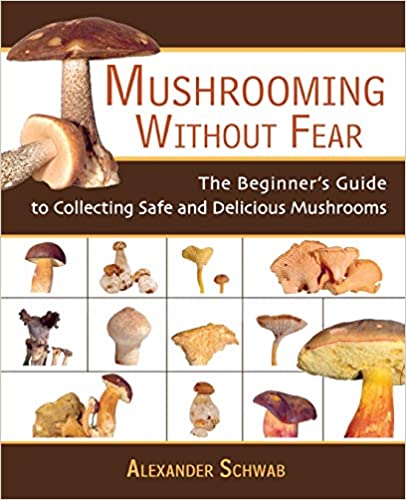
Can you tell if a mushroom is dangerous or not from its appearance? You need this book if the answer is no.
Most of us have run across mushrooms, whether in our yards, in local canyons, or out hiking, and wondered, “Are those dangerous? Or could I eat them?” This book has the answers. The title might make you laugh, but the information is solid, and it’s no joke how easy it is to make a mistake and eat poisonous mushrooms.
Dangerous Plants: Tips and Tricks to Survive in the Wild, Bear Grylls
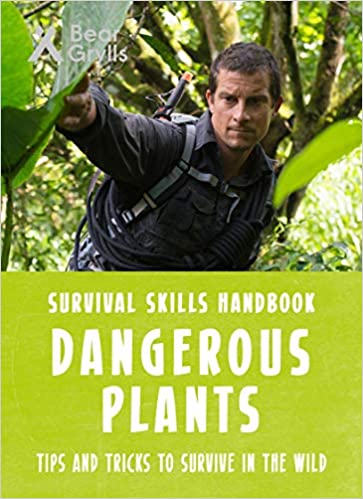
Adventurer Bear Grylls wrote this book for younger readers.
You might have seen adventurer Bear Grylls on his popular TV show “Man vs. Wild” or taking celebrities out for crazy daredevil adventures. This book is aimed at “young explorers” just learning how to explore the natural world. Bear explains to kids how to identify dangerous plants and sneaks in some real science about plants used in medicine and how plants defend themselves. If you have a young hiking or camping enthusiast on your holiday shopping list, here’s a gift idea. You’re welcome!
None of these books mention the deadliest plant in the world. It’s responsible for at least seven million deaths every single year. Half the people who encounter it eventually die from it. It contains 4,000 different chemicals, and 250 of them are lethal. In case you haven’t guessed, it’s tobacco. This stuff is an absolute horror show.
You have nothing to worry about when you work with us at Good Earth Plant Company to enrich your life with plants. We practice safe plant styling at all times. Contact us and let’s explore the possibilities. No survival skills needed.
